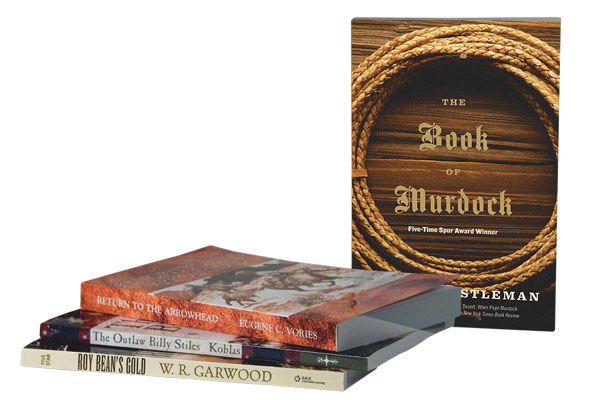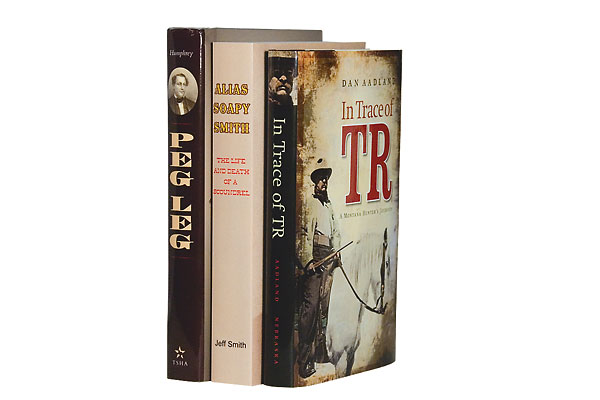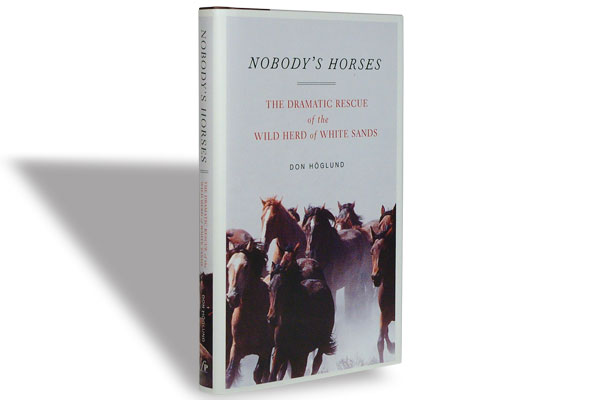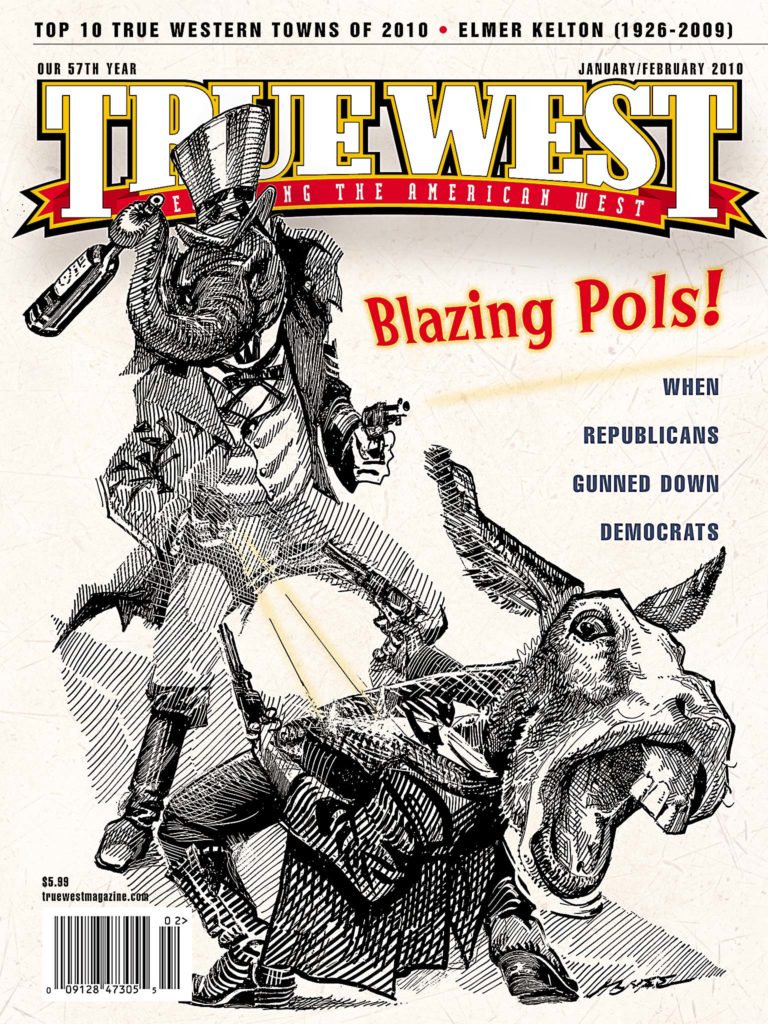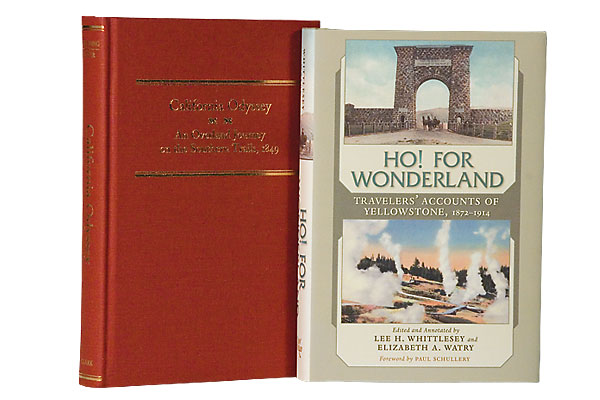
Although derided by some egghead professors as “Cowboys and Indians, 101,” the Western Americana field of history is, actually, remarkably rich and varied. Take two new books, for example. William R. Goulding’s California Odyssey is edited by Patricia Etter for the Arthur H. Clark Co., while Ho! For Wonderland is edited by Lee H. Whittlesey and Elizabeth A. Watry for the University of New Mexico Press.
Both books possess that strong “sense of place” that is held by much of the American West, and they express it through firsthand accounts by pioneers. Often identified with a particular town, the “sense of place” is concerned here with larger localities. For Goulding it is Gold Rush California and, even more so, the Gila Trail to the coast across the dangerous deserts of the Southwest’s Apache country. For the individuals quoted in Ho!, it is a case of early travelers (1872-1914) describing the remnant of the once-wild Rockies that is Yellowstone Park.
The books depict an early West in the very words of those who participated in the making of its history. Ordinary 19th-century Americans were surprisingly literate, but Goulding, an educated Englishman (a designer of surgical tools), is particularly observant and insightful. He admired Indians—Choctaws and Creeks, Pueblos, Pimas and Papagos, even temporarily peaceful Comanches—but he came to fear warlike Apaches and Yumas.
Yellowstone’s visionaries were not only advocates for our first National Park (1872), their actions helped create a worldwide movement for preservation of wilderness in national parks. The firsthand accounts of Yellowstone in Ho! are by virtually anonymous travelers, yet rich in telling description of the enchanted place.


